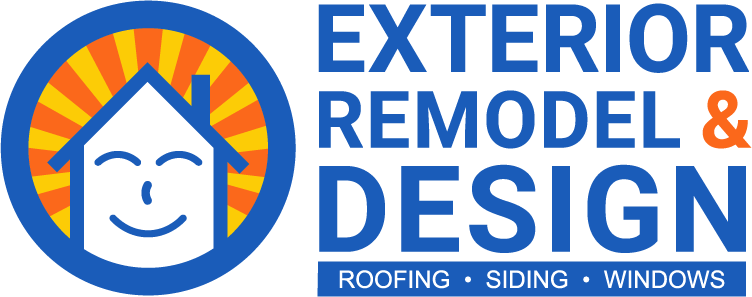There are many different types of roofs in America including hip and valley roofs, mansard, flat, skillion, jerkinhead, and more. Today we’re discussing the pros and cons of one of the most popular roofing styles: gable roofs.  If you’re considering using a gable roof system for your home, be mindful of the different options you can choose from:
If you’re considering using a gable roof system for your home, be mindful of the different options you can choose from:
- Front gable: very popular designs that includes a gable wall on the front of the house.
- Side gable: the entryway and more distinctive features of a house are on a side where the roof steeps down.
- Cross gable: combination of two perpendicular gable sections to create more interior space.
- Boxed gable: the gable end wall includes a triangular extension protruding out from the original home structure, under the roof line.
- Dutch gable: the top gable roof has are four sloping sides extended out, where windows are generally set to allow more natural sunlight.
It’s important to review the advantages and drawbacks of gable roofs before deciding to build your own home.
Pro: Effective at Shedding Moisture
Gable roof designs include least two or more steep slopes that making it easier to drain water and snow. This style makes the roof less prone to leaks and water damage, and it gives the homeowner less to maintain over the years.
Pro: Affordable
Compared to alternative styles, gable roofing is considered to be one of the simplest styles to build on a home. This means the overall cost of building and installing a gable roof will be lower than other options, making it a popular choice for those with a tight budget.
Pro: More Attic Space
Because of their uniquely steep sloping design, gable roofs allow for vaulted ceilings in homes. Vaulted ceilings take advantage of otherwise wasted roof and attic space; this enhances your natural light and makes your home appear larger than it actually is. For the practical eye, gable roofs create more interior storage space and better ventilation throughout your house.
Con: Narrow Upper Floor
If your gable roof has a narrow pitch angle, the result will create an upper floor with low ceilings and an especially-cozy interior. This leaves limited options on how to build a comfortable living upstairs area.
Con: Prone to Wind Damage
If you live in an area that experiences a lot of heavy wind and storms, a gable roof might not be the best option for you. When strong winds appear, it can apply large amounts of pressure to cause parts of your gable roof to peel off or even collapse. In the event there’s too much overhang around your roof, heavy winds could even lift your roof away from the house’s walls. There are solutions though to the wind risks with gable roofs, including installing high-quality GAF asphalt shingles that are guaranteed to withstand 130 mph winds.
Con: Strong Supports Required
Due to the risk of significant wind damage, it’s vital that gable roofing systems are framed exceptionally well and with the best materials. Asphalt shingles, concrete tiles, and even metal roofing are effective options in creating that needed support. Framing a gable roof involves creating a collar tie, strut, purlin, hanger, ceiling joist and load-bearing wall, all working in hand with each other to maintain a structurally-sound system.
Contact Us for an Estimate
Would you like to learn more information about other types of roofs? Give us a call, email, or use our contact form to schedule an appointment! Our team of roofing professionals share rich knowledge of roofing styles, materials and more.
